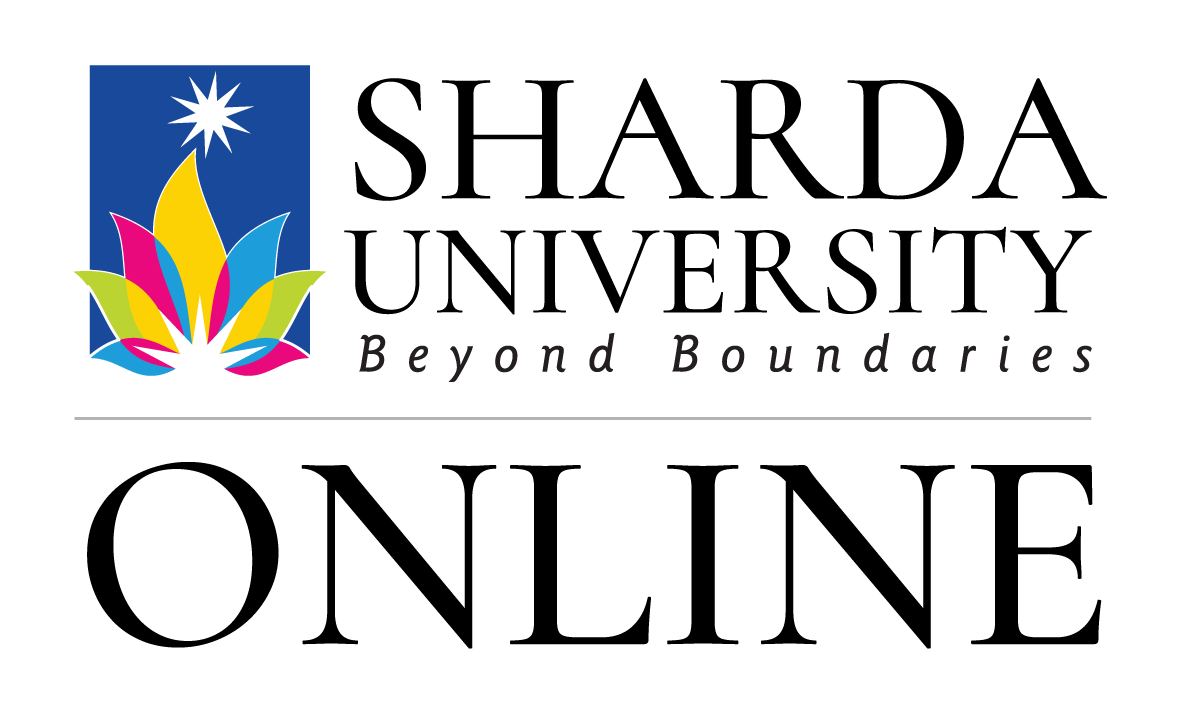Have you ever been in a group project where messages got missed, tasks were unclear, and the final presentation didn’t go as planned? It’s a common issue—not because people don’t want to work, but because communication wasn’t clear. Whether you’re organising a college fest, working on an assignment, or preparing for an internship, how you share and understand information can make all the difference.
That’s where business communication comes in. It means sharing the right information at the right time, in the right way, so that things run smoothly. For students, it’s a key skill that helps you write better emails, speak clearly in interviews, and work well in teams.
In this blog, we will explain what business communication is and why it’s important in a simple, practical, and relatable way. So, without wasting much time, let’s move to the blog.
What is Business Communication?
Business communication is simply defined as the method of sharing information in a workplace. It happens through team meetings, writing emails, giving presentations, or even sending messages to teammates. The main aim of business communication is to make sure everyone understands the message properly and works as a team for smooth business operations.
Let’s understand it with an example, suppose you are working with your teammate on a project, in this situation, you talk about the topic, divide the work, and keep checking with each other. If someone cannot speak clearly and doesn’t share updates clearly, then the project can’t be completed on time and in the proper way.
Business communication helps in avoiding confusion, saves time, and keeps everyone updated about the same task. It’s one of the most important skills for anyone who wants to grow in their career.
Importance Of Business Communication
- Everyone understands their work
When people talk clearly and share the right information, everyone knows their respective tasks and responsibilities. This avoids confusion and saves time.
- People trust each other more
When communication is open and honest, people feel respected. This builds trust between team members and even with clients, creating a healthy environment in the company.
- Teamwork becomes easier
In any job, people need to work together. Good communication helps team members stay updated, share ideas, and support each other.
- More work, better results
When there are fewer mistakes and better coordination, the overall performance improves. This helps the business grow.
- Problems are solved easily
If something goes wrong, talking it out helps find a solution faster. Everyone can understand the issue and work on fixing it.
- Boosts Motivation
When employees clearly understand their roles and how their work matters, they feel more motivated. Regular feedback and appreciation also make them feel valued and push them to do better.
- Improves Productivity
When messages are clear, employees don’t waste time asking for clarification. Tasks get done faster, teamwork improves, and deadlines are easier to meet.
- Reduces Conflicts
Many workplace issues start with miscommunication. Open and timely communication helps solve problems early and keeps the work environment peaceful and balanced.
What are the Types of Business Communication?
There are mainly three types of Business communication, which are as follows:
1. Internal Communication
This happens inside the company and is divided into two parts:
- Upward Communication: When employees share feedback, ideas, or issues with their managers or higher authorities. It helps the management understand the ground-level report.
- Downward Communication: When the management gives instructions, shares rules, or communicates company goals with employees. It keeps everyone informed and aligned with the goal.
2. External Communication
This is the exchange of information between the company and people outside, like customers, clients, suppliers, or investors. It helps build the company’s image and maintain good relationships with the public.
3. Lateral Communication
This takes place between employees at the same level, either in the same team or across departments. It’s important for teamwork and coordination, ensuring everyone works together smoothly, even if they don’t report to the same person.
Common Channels Used in Business Communication
Formal Channel
- Emails: It is used for official communication, sharing reports, proposals, or project updates.
- Virtual Meetings: Face-to-face, virtual, or conference meetings for discussing important business matters it generally happen on meeting apps like Google Meet, Zoom, and Microsoft Teams.
- Reports: Written documents used to communicate data, performance, and progress, often shared with senior management.
- Memos: Brief written messages or notices used for communication within the organization, particularly for formal announcements or policies.
- Presentations: Used during meetings or conferences to convey information visually and interactively.
Informal Channel
- Face-to-Face Conversations: This refers to casual talk between colleagues during breaks or in informal settings.
- Instant Messaging and Chat Apps: This means communication happens on apps like WhatsApp and Messenger for quick, informal communication.
- Social Media: Employees use social media to communicate both personally and professionally, sharing updates or news about the company.
- Phone Calls: This refers to the informal or personal calls that might not be planned but can serve to quickly resolve questions or discuss issues.
What are the 7 Cs of communication?

The 7 Cs help you share your message clearly and effectively. They make communication easier to understand, save time, and help build better relationships.
- Completeness
Your message should have all the information the other person needs. If anything, important information is missing, it can lead to confusion or delay. So, always try to give full details when sharing something important.
- Conciseness
Keep your message short and to the point. Avoid adding extra words or details that don’t help. In business, no one likes reading long messages that could have been explained in a few lines.
- Consideration
Think about the person you’re talking to. Try to understand their background, feelings, and point of view. When your message respects the other person’s mindset, it’s more likely to be received positively.
- Clarity
Say what you mean simply and directly. A clear message makes it easy for the other person to understand your point without getting confused or needing more explanation.
- Concreteness
Use facts, examples, or specific details to support what you’re saying. This makes your message stronger and more trustworthy, and it leaves less room for misunderstanding.
- Courtesy
Always be polite and respectful, even when you’re giving feedback or disagreeing. A kind tone helps maintain good relationships and avoids unnecessary conflict.
- Correctness
Make sure your message is free from spelling or grammar mistakes. Also, use the right words for the right situation. A well-written message shows that you are serious and professional.
What are the Principles of Effective Communication?
- Know Your Audience: Before you speak, think about the other person. What do they already know? Say things in a way they’ll easily understand.
- Choose the Right Channel: Some messages are better sent as a text, others need a call or a proper email. Choose the best way based on how important or serious the message is.
- Be Clear and Concise: Don’t use difficult words or long sentences. Just say what you mean in a simple and direct way.
- Stay Engaged: When someone is talking to you, listen properly. Show them that you are interested in what they’re saying.
- Encourage Feedback: Make sure the other person understands you. Ask them and also be open if they give you suggestions.
- Be Respectful: Always use kind words—even if you don’t agree. Respect the other person’s opinion.
- Be Patient: Give the other person time to think and reply. Don’t interrupt or rush them.
- Be Confident, Not Rude: Say what you feel, but calmly. Being confident doesn’t mean being rude.
- Be Empathetic: Think about how the other person might be feeling. It helps you connect better.
- Be Adaptable: Every situation is different. Change your tone or words depending on who you’re talking to.
Major Barriers to Effective Business Communication
- Cultural Differences: It means the differences between values, beliefs, and practices among people from different cultural backgrounds. It can impact the interpretation of the message.
- Language Barriers: It occurs when individuals or groups cannot understand each other due to language differences, vocabulary or linguistic skills. This happens when different native speakers use their native language, such as some regional phrases or unfamiliar words.
- Lack of transparency and trust: Transparency refers to the open sharing of information, and trust is the belief that others will act with integrity and in the best interests of the organisation. When transparency and trust are missing, employees may feel excluded, uncertain, or suspicious of the intentions of others.
- Communication style: When people act according to themselves based on their personalities, cultural backgrounds, or professional training. Some may prefer direct communication, while others may use an indirect approach to avoid confrontation.
- Conflicts in the workplace: Conflicts arise when there are disagreements over ideas, goals, values, or personal differences. Poor communication often creates conflicts, as parties may misunderstand each other’s intentions, escalate emotions, or fail to listen to opposing viewpoints.
Relatable Blogs
Conclusion
Understanding what is business communication is more than just learning to write formal emails or speak fluently; it’s about making sure that information flows smoothly and clearly so that everyone stays on the same page.
Whether you are preparing for a job interview, working on a team project, or interning at a company, good communication can make your efforts more effective and impactful.
By applying the 7 C’s, choosing the right channels, and avoiding common barriers, you’ll not only become a better communicator but also open doors to new opportunities in your academic and professional life.
Frequently Asked Questions
Q1. What is business communication, and why does it matter for students?
Ans. It’s simply sharing the right information in the right way so workflows smoothly a must-have skill for clear emails, teamwork, and interviews.
Q2. Do I need perfect English to communicate well?
Ans. No. Clarity, respect, and purpose matter more than fancy language—use any tongue your audience understands.
Q3. What are the quick ways to improve my business communication?
Ans. Write clearer emails, volunteer for presentations, join discussions, and ask for feedback—small reps build skill fast.
Q4. How is business communication different from organisational communication?
Ans. Business communication focuses on internal & external messages; organisational communication focuses on information shared within the company.
Q5. What are the main types of business Communication?
Ans. Internal (upward, downward, lateral), external (clients, partners), and lateral peer-to-peer exchanges.


















